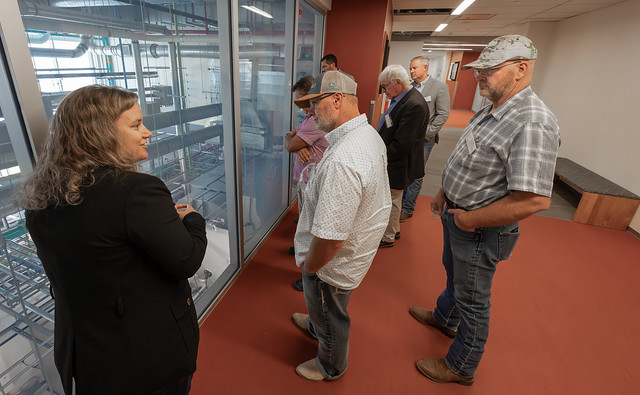Energy Storage System: A Cutting-Edge Solution for Power Management
Introduction:
In this modern era, where energy consump Distributed energy storage tion is steadily on the rise, there arises a need for efficient and reliable energy storage systems. Energy storage system has emerged as a crucial technology in meeting the increasing demand for power management. This article explores the manufacturing process, features, advantages, usage methods, tips to se Renewable energy storage lect this product, and concludes with an informed opinion.
Manufacturing Process:
There are various types of energy storage systems available in the market today. One popular method involves Flywheel Energy Storage (FES), which utilizes mechanical rotation to store lithium battery kinetic energy. Another approach is Distributed Energy Storage (DES), which decentralizes power generation by utilizing small-scale units strategically located within a network. Additionally, Renewable Energy Storage (RES) relies on harnessing solar or wind sources to generate electricity that can be stored for future utilization. Other alternatives include Thermal Energy Storage (TES), where excess heat or cold from industrial processes is captured and stored.
Features of an Energy Storage System: lifepo4 rechargeable battery
An ideal energy storage system should possess certain features providing flexibility and reliability. Firstly, it must have high efficiency in both charging and discharging processes to avoid unnecessary losses during conversion. Secondly, it should have a long cycle life ensuring durability over extended periods of use. Thirdly, safety mechanisms such as overheating protection a Energy storage system nd short-circuit prevention play a critical role in maintaining user confidence while operating these systems.
Advantages of Using an Energy Storage System:
The deployment of energy storage systems brings forth numerous benefits worth considering when planning power management strategies at various scales – from indivi

dual households to large-scale industries. Portable Power Stations equipped with lithium batteries like LiFePO4 rechargeable battery packs provide users with uninterrupted power supply even during blackouts or emergencies when grid connectivity is compromised temporarily.
Usage Methods:
The application areas for energy storage systems are vast-ranging – from residential setups managin portable power station g peak loads efficiently to utility grids leveling out power supply fluctuations. These systems can be integrated with renewable energy sources, wherein excess energy generated during the day can be stored and utilized during periods of low generation or high demand. Similarly, they find applications in electric vehicles, ensuring a reliable a Energy storage system nd extended range for seamless transportation.
How to Choose the Right Energy Storage System: Flywheel energy storage
Selecting an appropriate energy storage system requires careful consideration of several factors. Firstly, assess the power requirements as per your usage pattern to determine the system’s capacity needs. Secondly, analyze long-term costs associated with maintenance and replacements to make an informed investment decision. Thirdly, prioritize safety certifications and warranties to ensure a hassle-free experience.

Conclusion:
Energy storage systems have revolutionized the way we manage our power consumption needs. With features like Flywheel Energy Storage (FES), Distributed Energy Storage (DES), Renewable Energy Storage (RES

), Thermal Energy Storage (TES), along with portable power stations equipped with lithium batteries like LiFePO4 rechargeable battery packs – these systems provide a sustainable, efficient, and reliable solution for all scales of users.
In conclusion, understanding how these systems are manufactured enables us to appreciate their inherent flexibility and advantages over tra Energy storage system ditional power management methods. By tailoring our selection process according to specific requirements while prioritizing safety mechanisms and longevity aspects, one can harness the full potential of an energy storage system effectively.
